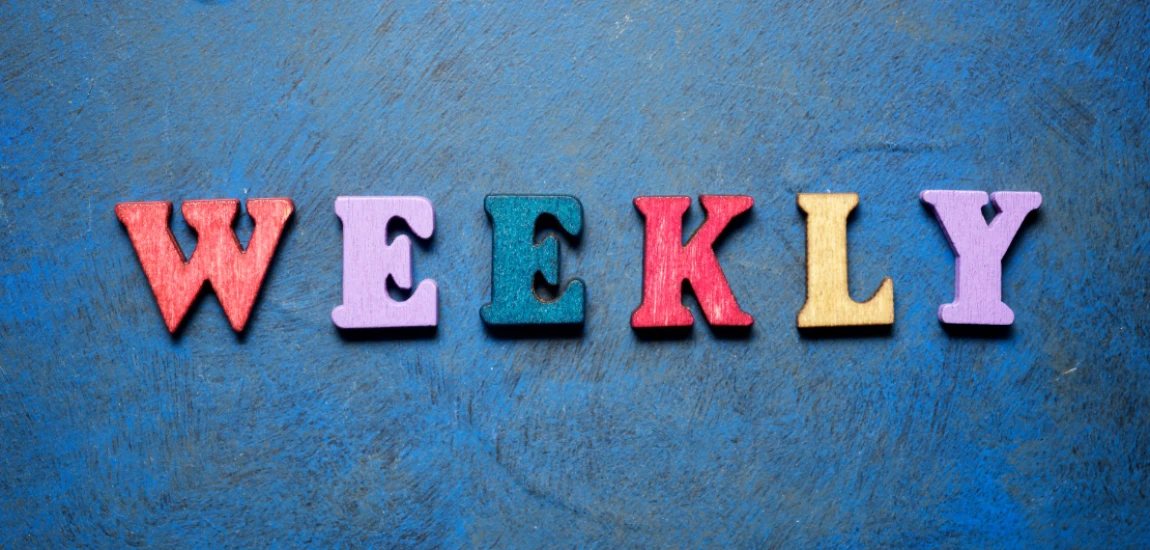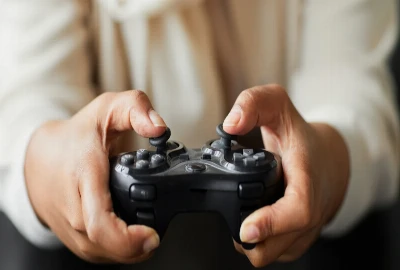Binge Culture vs. Weekly Drops: Which Storytelling Wins?

Streaming has revolutionized how we consume entertainment. With platforms like Netflix, Disney+, and Prime Video experimenting with both binge releases and weekly drops, a central question has emerged: which storytelling format truly wins—binge culture or weekly drops? Both models carry unique advantages, shape how we engage with stories, and influence the entertainment industry in different ways. This blog dives deep into the strengths and weaknesses of each, explores how audience behavior has shifted, and examines what the future of storytelling might look like.
Understanding the Rise of Binge Culture

Binge culture exploded with the arrival of streaming services that released entire seasons of shows in one go. This shift didn’t just change how people watched television—it transformed entertainment into a marathon-like experience. Instead of waiting week after week, audiences suddenly had the power to consume content on their own terms.
The psychology of binge-watching
Binge culture thrives on instant gratification. Cliffhangers, once used to keep viewers hooked for the next week, now push audiences into watching “just one more episode.” Studies show that the dopamine release from consuming multiple episodes creates a sense of immersion and emotional investment that traditional formats rarely match.
The role of streaming platforms
Netflix popularized the binge model with shows like House of Cards and Stranger Things. By dropping entire seasons, these platforms ensured immediate cultural dominance. Social media amplified this effect, with conversations around new series peaking in the first few days of release. For platforms, binge drops drive subscription spikes and encourage users to stay glued to their service.
Viewer empowerment
Binge culture places control in the hands of the audience. Viewers no longer schedule their lives around TV programming—they watch when and how they want. This flexibility resonates especially with younger audiences who value on-demand convenience over appointment viewing.
The Case for Weekly Drops

While binge culture dominates headlines, weekly episode drops are making a comeback. Platforms like Disney+ with The Mandalorian and HBO with House of the Dragon have embraced the slow-burn approach, and for good reason.
Building anticipation
Weekly drops create suspense, giving fans time to theorize, speculate, and engage with the story in a way binge culture doesn’t allow. Each episode becomes an event, sparking conversations that stretch over weeks rather than days. This sustained attention keeps a show relevant in cultural conversations for much longer.
The social experience
Weekly releases restore the communal aspect of TV watching. Fans gather online to discuss theories, share memes, and debate plot twists. This sense of shared experience makes storytelling more interactive and socially rewarding, something binge culture often lacks once spoilers flood the internet within 48 hours.
Benefits for creators and platforms
From a business perspective, weekly drops encourage subscription retention. Instead of signing up for a single weekend binge, audiences must stay subscribed for multiple months to finish a series. For creators, weekly pacing allows for deeper storytelling and gives each episode its moment to shine.
How Storytelling Changes Between Binge and Weekly

The debate of binge culture vs. weekly drops isn’t just about release strategy—it fundamentally changes how stories are written and consumed.
Story arcs and pacing
Binge-friendly shows often rely on serialized storytelling, with cliffhangers at the end of every episode designed to keep viewers clicking "next." Weekly shows, however, allow for more episodic arcs, where each chapter can stand on its own while contributing to the larger narrative.
Emotional investment
Bingeing creates emotional intensity but also risks burnout. Audiences may finish a 10-hour show in two days and quickly forget it. Weekly drops, on the other hand, extend emotional engagement, letting characters and storylines live in the minds of viewers for months.
Cultural footprint
Weekly drops maximize cultural relevance. Think about how shows like Game of Thrones or Succession dominated conversations season after season. In contrast, many bingeable shows disappear from trending charts after their release weekend, no matter how strong the initial reception.
Audience Behavior: Generational and Global Perspectives

Different audiences prefer different formats, and these preferences often align with generational habits and global viewing cultures.
Younger audiences and binge culture
Millennials and Gen Z grew up in the on-demand era. For them, bingeing fits seamlessly into digital lifestyles, mirroring how they consume other media like YouTube, TikTok, and podcasts. They value control, speed, and instant access.
Older audiences and weekly traditions
Older generations still hold onto the ritual of weekly television. The anticipation of a new episode each week mirrors the appointment viewing of network TV. For many, this slower pace feels less overwhelming and more manageable.
Global influence
In international markets, where streaming services are still expanding, weekly drops often make more sense. They allow platforms to stretch limited content libraries while building consistent audience engagement. Regional cultural habits also influence preferences—for example, Korean dramas often thrive on weekly releases, while Western audiences lean toward bingeable series.
The Impact on the Entertainment Industry

The battle of binge culture vs. weekly drops extends beyond audiences—it shapes how the industry functions, from marketing strategies to production cycles.
Marketing and buzz
Weekly releases extend marketing campaigns. A show like The Last of Us stayed in headlines for months, with each episode fueling discussions, interviews, and analysis. Binge releases, however, require front-loaded marketing that peaks quickly.
Production and storytelling costs
Weekly drops give writers and directors space to refine and adjust storytelling as fan reactions roll in. With binge models, everything is locked before release, making real-time adjustments impossible. From a financial perspective, weekly drops also help spread out production costs and keep audiences subscribed longer.
Awards and critical reception
Weekly drops tend to perform better in awards cycles. Their extended cultural relevance gives critics and voters more time to engage with and appreciate the storytelling. Binge shows risk being forgotten before awards season rolls around.




